Dell XPS 17 review: Serious power in a portable package
A huge 4K screen and loads of processing power in a package that can still be used on the move
-
+
Excellent media application performance
-
+
Detailed, vibrant UHD+ screen
-
+
Surprisingly portable for so much power
-
+
Great battery life
-
+
Four Thunderbolt 4 connections
-
-
No LAN connection included
-
-
No professional graphics option
-
-
Higher-end specifications add cost fast

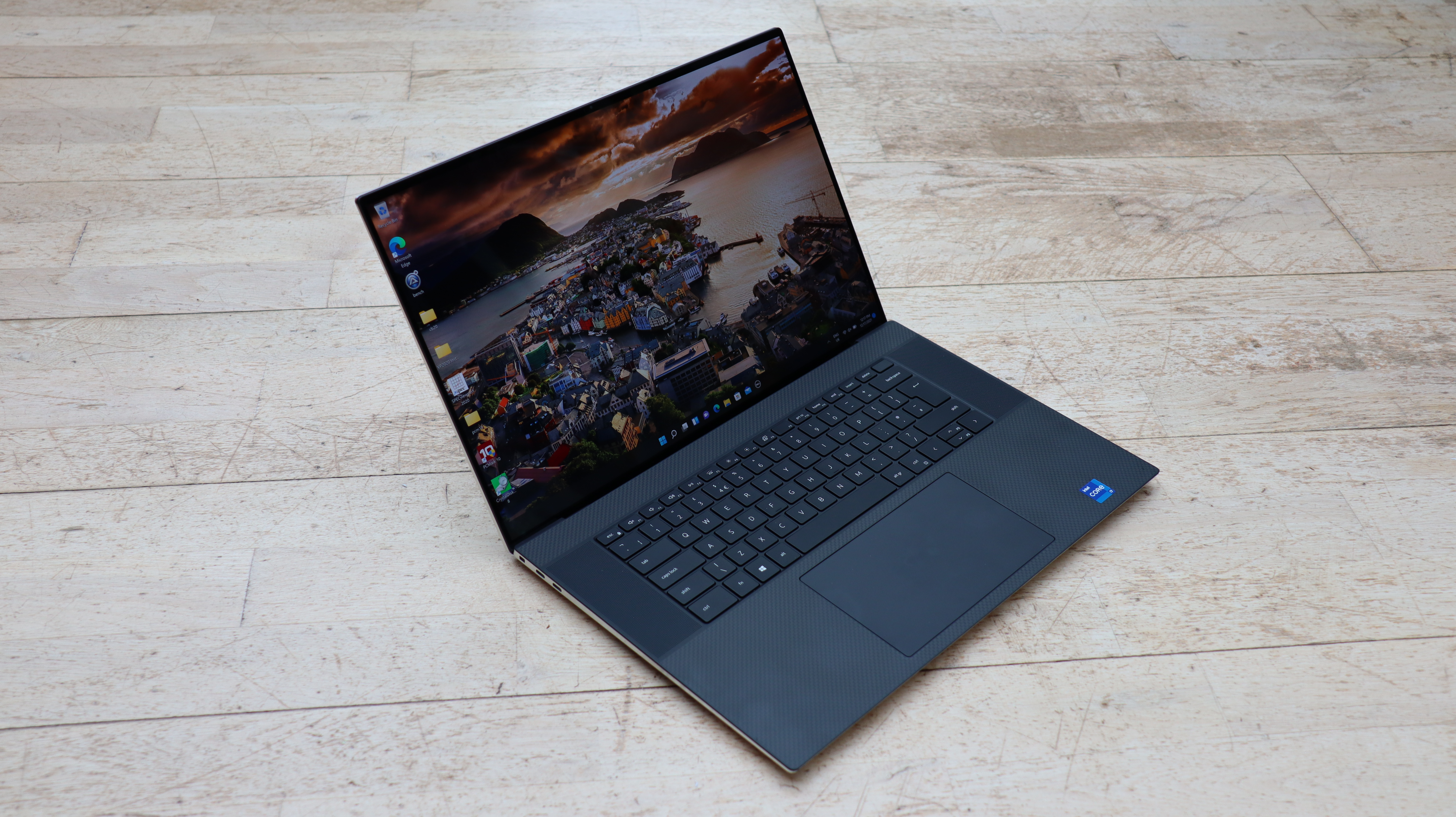
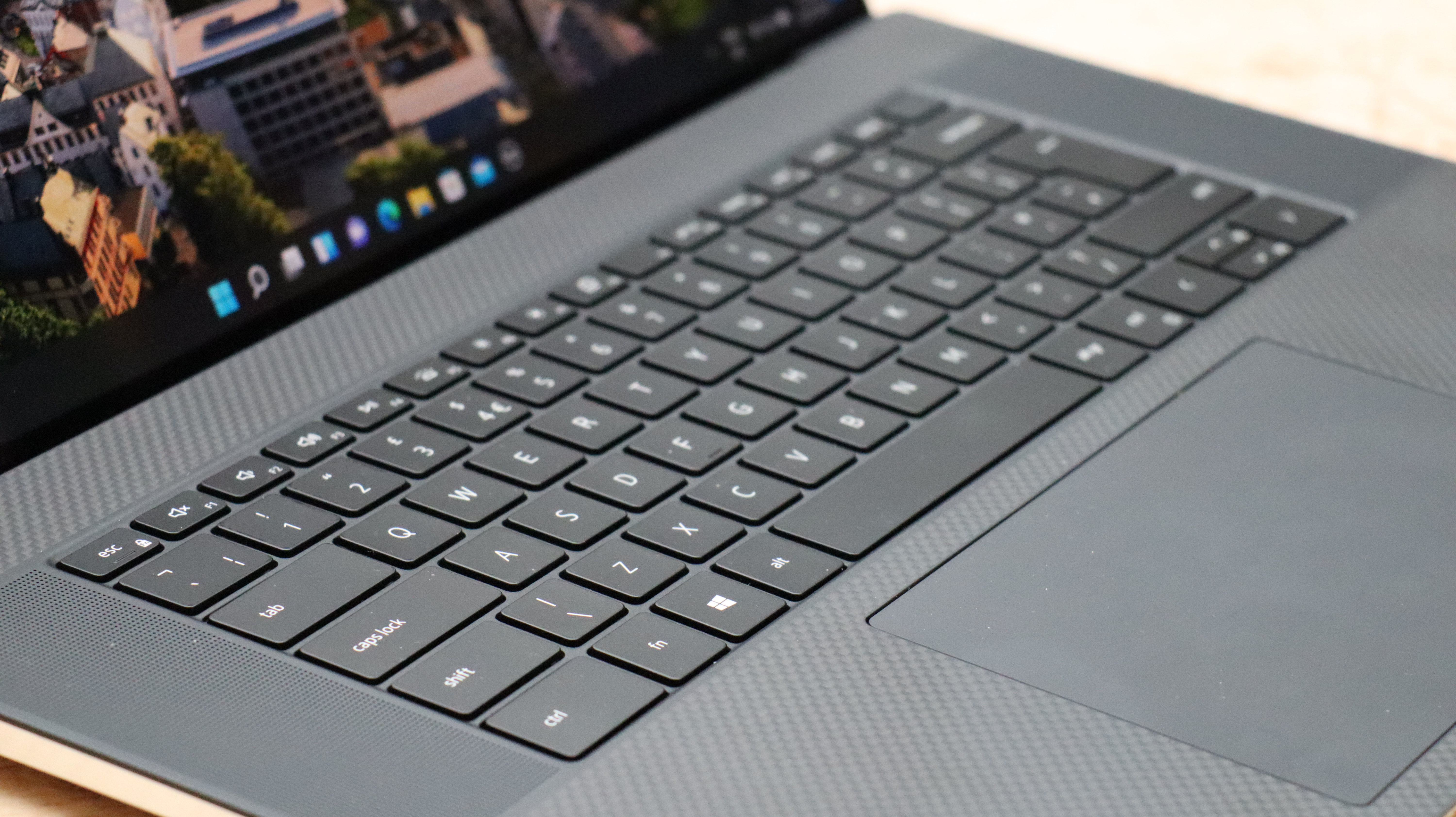
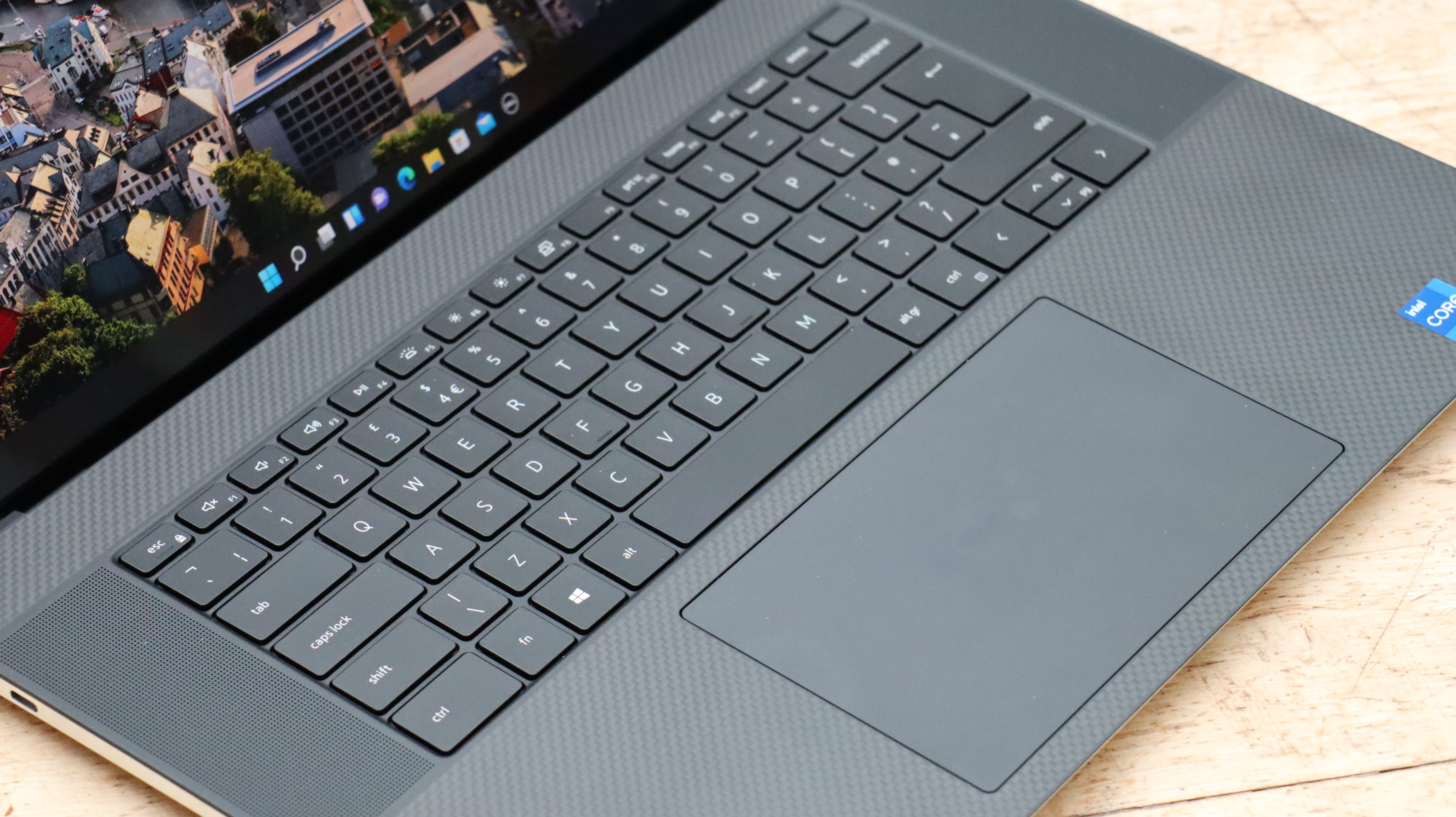
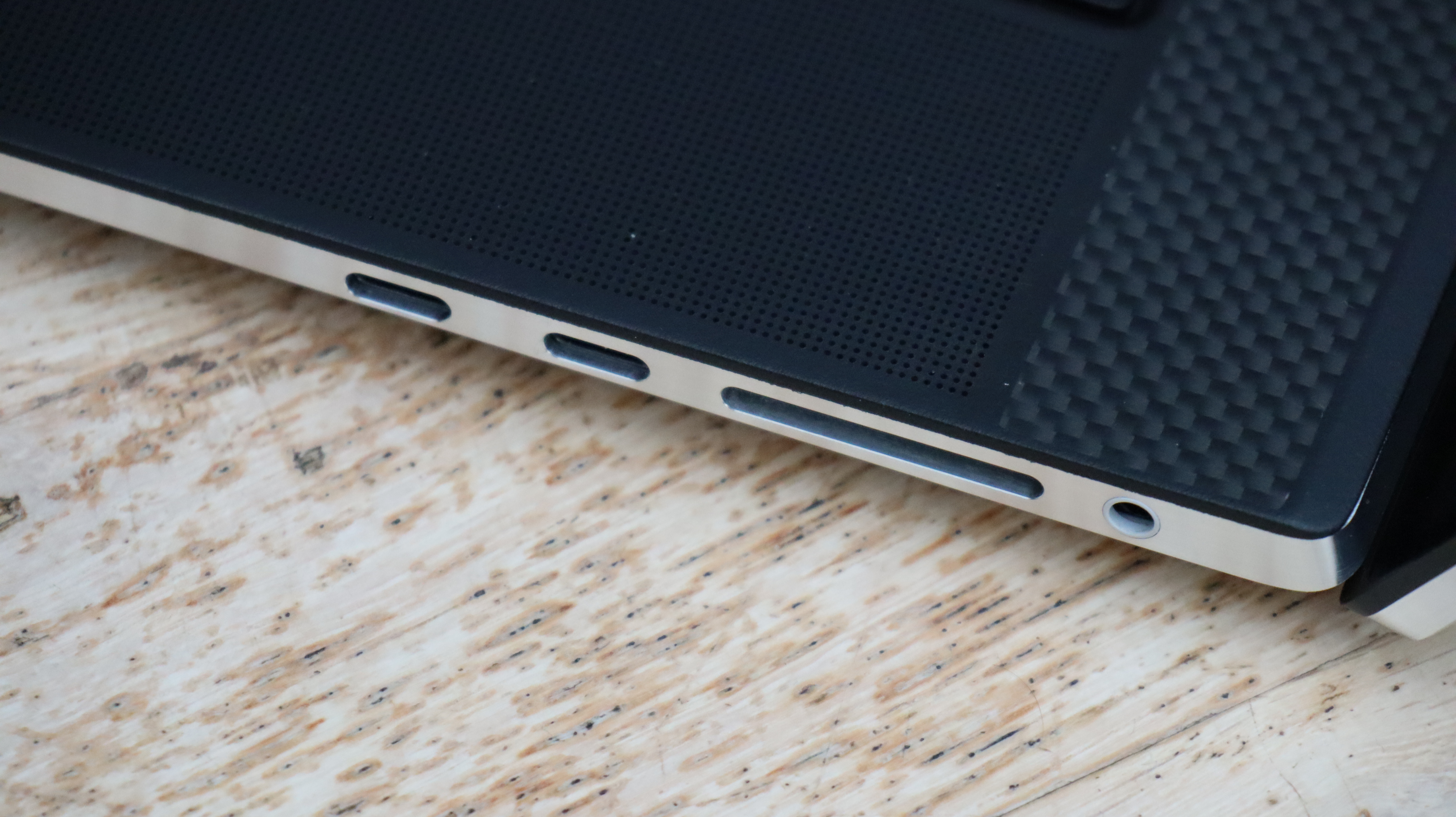
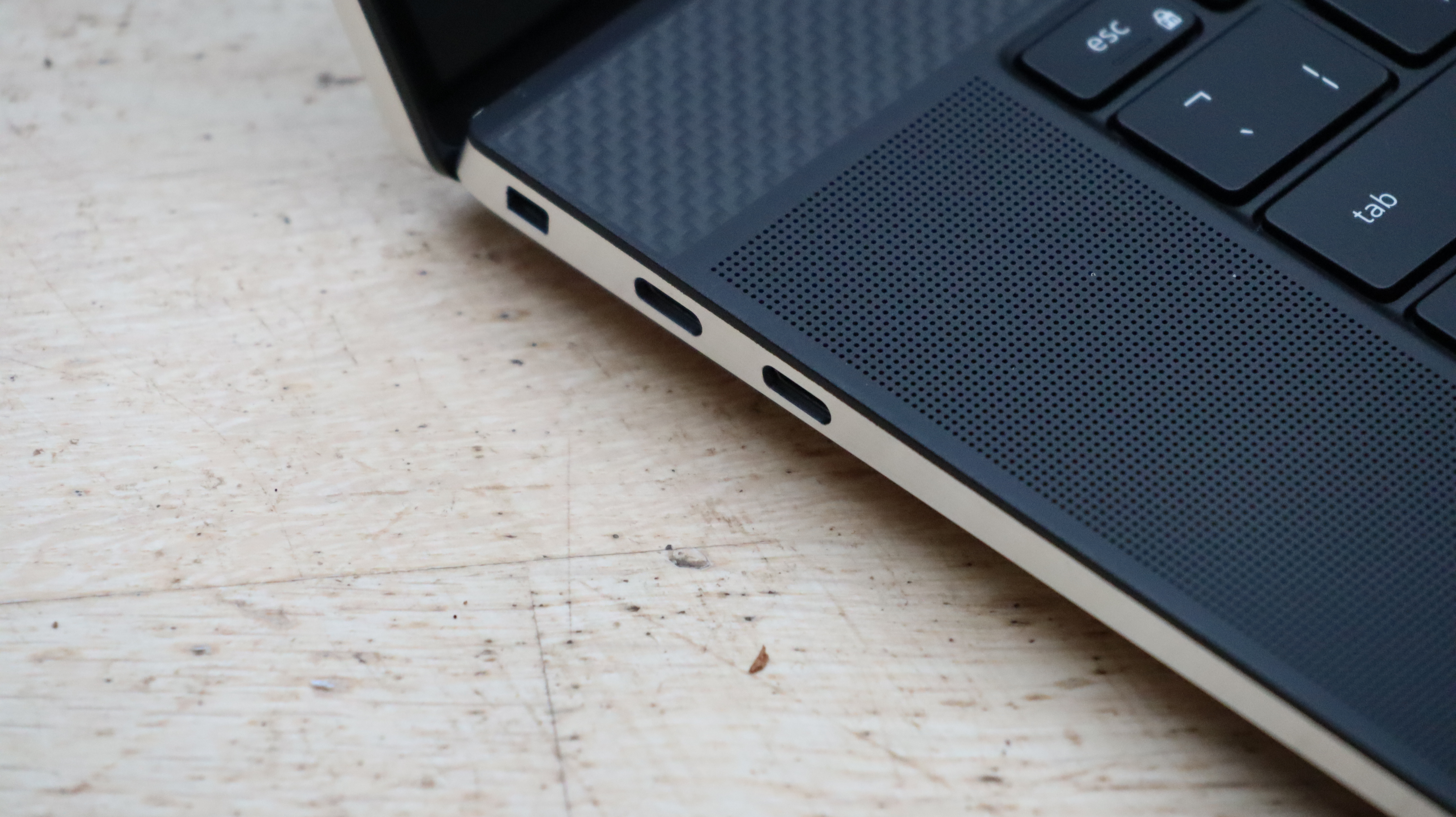
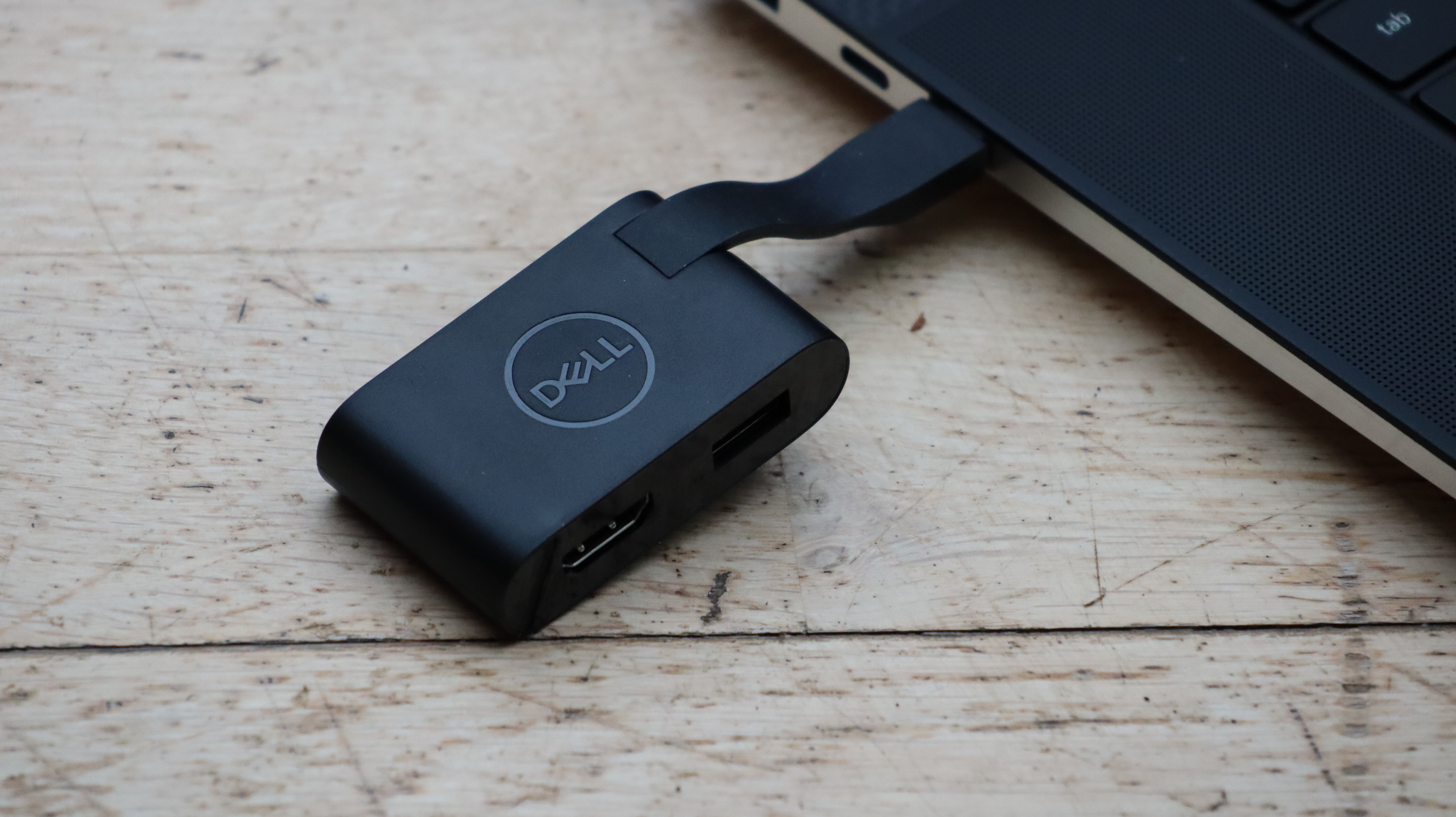
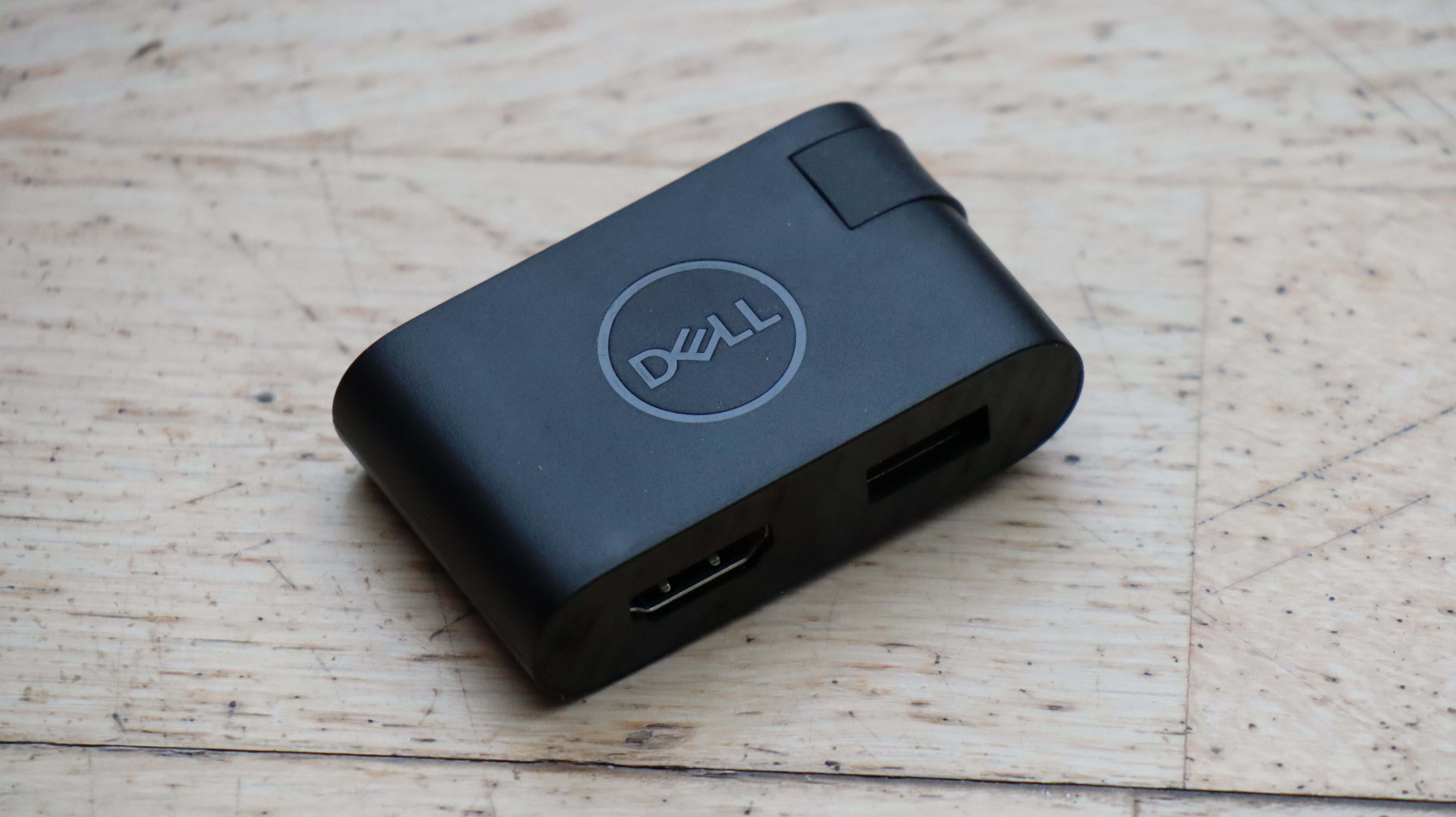
Opting for a powerful notebook used to mean being lumbered with a thick, unwieldy monster, but that’s no longer a given. The Dell XPS 17 is a case in point: it packs in an Intel processor with at least six cores, a 17in screen, and discrete NVIDIA graphics, yet only weighs a bit over 2kg and measures under 2cm in thickness.
Prices for the entry-level specification start at £1,374 exc VAT, although the configuration on test demonstrates why it’s worth shelling out for the pricier models. After all, if you’re going to go big, why skimp on the capabilities?
Dell XPS 17 review: Design
If you’re familiar with Dell XPS notebooks over the last couple of decades, you’ll know that the 17in models used to be extremely chunky and definitely fell into the category of “desktop replacement”, intended to be moved from desk to desk rather than used on the train or plane. Not so the new XPS 17 Laptop. Admittedly, at 2.21kg it still isn’t a device you can carry around all day without noticing, and while it’s a relatively slim 19.05mm, its 374 x 249mm footprint may require a dedicated laptop carrier. On the other hand, you can happily shuttle this device from one meeting to another without a team of day-labourers and a forklift.
Dell sticks to the brushed metal exterior with black interior that XPS notebooks have sported for some years now. However, the tapered edges and extremely thin screen make the XPS 17 feel even more svelte than it actually is. It’s a stylish but sober design, which is about right for a creative professional who wants to give clients the correct impression.
Dell XPS 17 review: Display
There are two choices of display with the XPS 17 Laptop. Both are 17in, 16:10 in aspect, and employ Dell’s InfinityEdge technology, so have a very thin bezel. This has allowed the laptop to be as small as possible while still sporting a 17in display. Both screens are also touch-enabled and rated up to 500-nits brightness. However, the basic screen has an FHD+ resolution of 1,920 x 1,200, whereas the display on our test system has four times the pixels with a UHD+ resolution of 3,840 x 2,400.
In our tests, this screen covered 94% of the DCI-P3 colour gamut and 100% of the sRGB colour space, with a maximum Delta-E of 0.9 making it excellent, if not quite as good as the Asus ProArt Studiobook Pro 16 OLED. Brightness is also high at 444cd/m2, and here the Dell does surpass the Asus.
In other words, this is a truly lovely panel, with excellent brightness, wide viewing angles and an anti-glare surface that keeps things visible even in brightly lit environments. This will be a great screen for creative work, such as image or video editing. The near-frameless design also means there’s virtually no bezel to distract you. It’s not quite as impressive as the panel on the ASUS ProArt, but it’s close, and also slightly bigger, despite the Dell being a little thinner and lighter.
Dell XPS 17 review: Keyboard and trackpad

Dell hasn’t used the extra width of a 17in chassis to include a keypad, so the keyboard sits in the middle with space either side, which has been populated with speakers. This also means that the trackpad sits almost directly beneath the spacebar, which is something we thoroughly approve of. If you’re a touch typist, this will minimise the chance of accidentally brushing the trackpad (which is both huge and highly precise) when typing.
The Chiclet-style keys have shallow travel but a clearly defined action, which will take a little getting used to coming from a desktop keyboard but not much. Overall, it’s a decent typing experience. The touch screen can also be used instead of the trackpad, although you’ll have to contend with finger marks on the screen.
Dell XPS 17 review: Hardware and performance
Dell sticks with Intel for the XPS 17, supplying processors from the 11th Generation. The basic option is the Core i5-11400H, but our sample came with the Core i7-11800H. This is an eight-core processor capable of running at up to 4.6GHz although the base clock speed is half that. The top frequency is on par with the AMD Ryzen 9 5900HX supplied in the ASUS ProArt Studiobook Pro 16 OLED. The other processor options are Core i9 processors, either the 11900H or 11980HK, which also have eight cores but higher boost frequencies.
Memory options range from 8GB to 64GB, always supplied as two 3,200MHz modules of DDR4. Our system came with an adequate if not earth-shattering 16GB, but heavy graphics users might want to go for 32GB instead. Speaking of which, optional discrete GPUs include NVIDIA’s GeForce RTX 3050 with 4GB of GDDR6 or an RTX 3060 with 6GB of GDDR6. Our sample came with the latter, which sports a considerable 3,840 CUDA cores.
Storage is provided by a PCI Express 3.0 NVMe SSD, with capacity options up to a maximum of 4TB. Our unit came with a 1TB drive, which supplied 3,469MB/sec sustained reading and 2,945MB/sec sustained writing in CrystalDiskMark 8. This is behind the performance we saw from the ASUS ProArt Studiobook Pro 16 OLED’s NVMe storage, but it’s still very quick for a laptop drive and you’ll certainly feel it when booting the system or loading software.

A few years ago, having eight cores in a notebook that was still quite portable would have seemed unfeasible. But the Dell XPS 17 Laptop delivers huge amounts of performance from its acceptable lack of girth. In the IT Pro media benchmarks, it achieved an impressive overall score of 281, which is even higher than the ASUS ProArt Studiobook Pro 16 OLED, with its eight-core AMD Ryzen 9 processor. Image editing was a little behind at 204, but video editing considerably ahead at 287, as was the multi-tasking score of 302, showing that this Dell notebook will be brilliant for everyday media tasks. The raw 3D rendering abilities are great too, with 4,684 in Maxon Cinebench R20, although this is slightly behind the ASUS notebook.
If you’re performing 3D work, despite the consumer-grade graphics this notebook will be capable with a range of professional applications too. Running SPECviewperf 2020 v1.0, the XPS managed a competent 58.3 with 3dsmax-07, an impressive 204.09 with maya-06, and 138.09 with solidworks-05, showing that it will cope well with 3D animation using Autodesk 3ds Max and particularly Maya, and with SolidWorks product design. The catia-06 result of 44.23 and creo-03 score of 73.97 also show that these engineering apps will run adequately smoothly too. However, Siemens NX, as always, is the Achilles Heel. The result of 13.26 illustrates yet again that consumer-grade GPUs are not a good fit for this application.
Dell XPS 17 review: Battery life
Another area where powerful notebooks have traditionally been lacking in the past is battery life. However, with our video playback battery test, it lasted a whopping 11hrs 37mins, which is over 5 hours more than the ASUS ProArt Studiobook Pro 16 OLED. Notebooks aimed at more “road warrior” usage such as the Samsung Galaxy Book Pro 15.6in, Apple M1-based notebooks, and the Asus ExpertBook B94550F can go even longer than this, but you can easily get a working day completed on battery with modest tasks using the XPS 17. If you were performing activities like rendering out 3D it’s likely to be a lot less, but this doesn’t have to be a desktop replacement that you can really only carry from desk to desk and plug into the mains.
Dell XPS 17 review: Ports and features
Dell has entirely dispensed with legacy connectivity for its port allocation on the XPS 17, which means no full-size USB Type A ports, no HDMI and no ethernet. The only nod towards the past is a combo minijack for audio. Otherwise, you get four Thunderbolt 4 ports - two on each side - and a dongle in the box for HDMI and a single USB-A port.
There is also a full-sized SD Card slot on the right, however, as well as Wi-Fi 6 and Bluetooth 5.1 for wireless connectivity. The lack of ports could be a major drawback without the supplied dongle, although you’re still left without wired networking, which could mean a separate dongle purchase for some work environments.

Dell XPS 17 review: Verdict
The Dell XPS 17 shows how far portable computing has come. Like the ASUS ProArt Studiobook Pro 16 OLED, it delivers a huge amount of computing power in a form that you can conceivably carry around and use on the go. It also illustrates that Intel’s 11th Generation Core i7 processors are competitive with AMD’s Ryzen 9 on a mobile platform, particularly with everyday media applications.
The XPS has a great screen, a powerful GPU, and it’s still reasonably thin. Although the ASUS ProArt Studiobook Pro 16 OLED pips it in a few areas, with an even more vibrant screen, the Dell XPS 17 is a great all-rounder for professional creative work on the move.
Dell XPS 17 Laptop specifications
| Processor | Intel Core i7-11800H |
| RAM | 2 x 16GB LPDDR4 |
| Graphics | Intel UHD + NVIDIA GeForce RTX 3060 with 8GB GDDR6 memory |
| Storage | 1TB NVMe PCI Express 3.0 SSD Samsung PM9A1 |
| Display | 17in 3,840 x 2,400 touch screen |
| Operating system | Windows 11 Pro 64-bit |
| Connectivity | Dual-band 802.11ax WiFi, Bluetooth 5.1 |
| Ports | 4 x Thunderbolt 4, adapter for 1 x HDMI and 1 x USB Type A, 1 x 3.5mm combo audio, SD Card |
| Dimensions | 374.45 x 248.05 x 19.05mm (WxDxH) |
| Weight | 2.21kg |
| Warranty | 3yr RTB |
Get the ITPro daily newsletter
Sign up today and you will receive a free copy of our Future Focus 2025 report - the leading guidance on AI, cybersecurity and other IT challenges as per 700+ senior executives
Dr James Morris has worked as a technology journalist for over 25 years, including spending nine years on the staff of market-leading computer magazine PC Pro, the last five of which were as the publication’s editor. He specialises in enterprise-grade software and hardware, with a particular focus on content creation. He launched a pioneering video channel for HEXUS.net in 2006 and ran the video reviews channel for TrustedReviews.com for four years. He also runs a successful online digital content and commercial video production company, t-zero communications Ltd.
Dr Morris is a prolific technology writer and contributes commercial content for major IT brands including AMD, BlackBerry, Dell, Cognizant, HP, and IBM. He published a book on artificial intelligence, Can Computers Create Art? in 2009. He is also an academic, and is currently Pathway Director of the MA, Interactive Journalism at City, University of London.
Previously, he was course leader for the BA in Web Media Production at Ravensbourne University. He has a PhD in Philosophy, Art and Social Thought from the European Graduate School in Switzerland, a Master's in Media Arts from the New School in New York, USA, and a Bachelor's in Social Anthropology from the London School of Economics.
Dr. Morris can be found on Twitter at @Cyberwest, or emailed at j@tzero.co.uk
-
 ‘Phishing kits are a force multiplier': Cheap cyber crime kits can be bought on the dark web for less than $25 – and experts warn it’s lowering the barrier of entry for amateur hackers
‘Phishing kits are a force multiplier': Cheap cyber crime kits can be bought on the dark web for less than $25 – and experts warn it’s lowering the barrier of entry for amateur hackersNews Research from NordVPN shows phishing kits are now widely available on the dark web and via messaging apps like Telegram, and are often selling for less than $25.
By Emma Woollacott Published
-
 Redis unveils new tools for developers working on AI applications
Redis unveils new tools for developers working on AI applicationsNews Redis has announced new tools aimed at making it easier for AI developers to build applications and optimize large language model (LLM) outputs.
By Ross Kelly Published
-
 Google layoffs continue with "hundreds" cut from Chrome, Android, and Pixel teams
Google layoffs continue with "hundreds" cut from Chrome, Android, and Pixel teamsNews The tech giant's efficiency drive enters a third year with devices teams the latest target
By Bobby Hellard Published